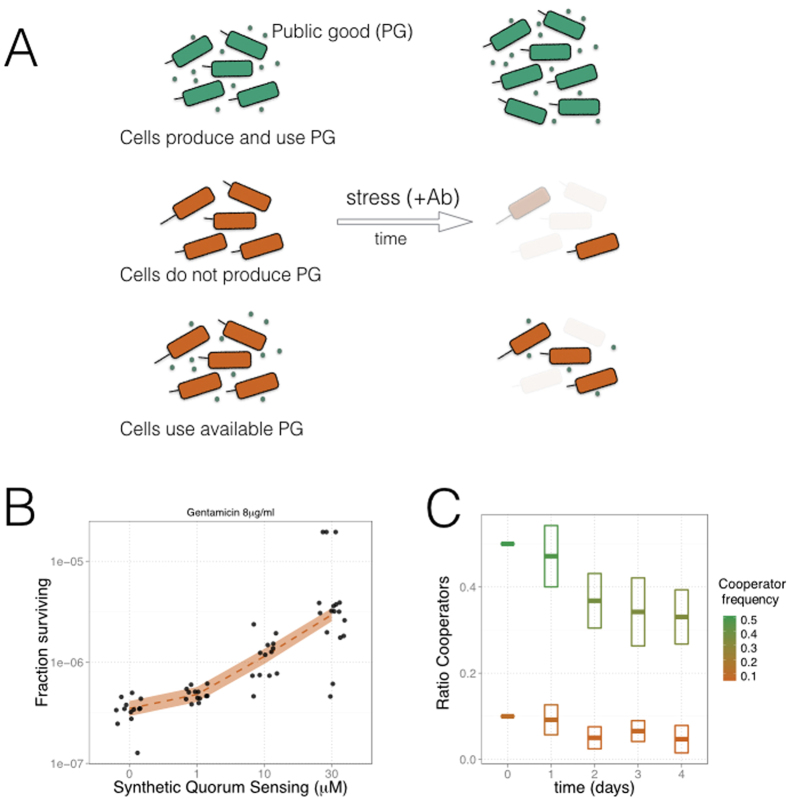Figure 2. Engineering of synthetic strains that contribute (green), or not (red), to the production of quorum-sensing (QS) molecules acting as an essential public good (Fig. S2).
(A) A cell community that accumulates (top, cooperators) or obtains (bottom, cheaters) the public good in the environment is able to tolerate a bactericidal antibiotic stress (gentamicin, Gm), although the latter can survive least because the initial public good is spent. Moreover, a community growing without public good would eventually collapse (middle). (B) Survival to Gm of a population constituted only by cheaters increases when the essential QS molecules are added to the preincubation medium, before growing under the stress (8 μg/ml Gm, N = 17 replicas per QS dosage, solid color represents 95% confidence interval of a local polynomial regression). (C) Fraction of cooperators in a mixed population decays with time due to the invasion of cheaters, which do not pay the cost of making the public good (Fig. S4). This is independent of the initial fraction (10% or 50% of cooperators). Boxes indicate standard deviation linked to the experimental estimation of ratios. See SI Materials and Methods for further details and protocols.

